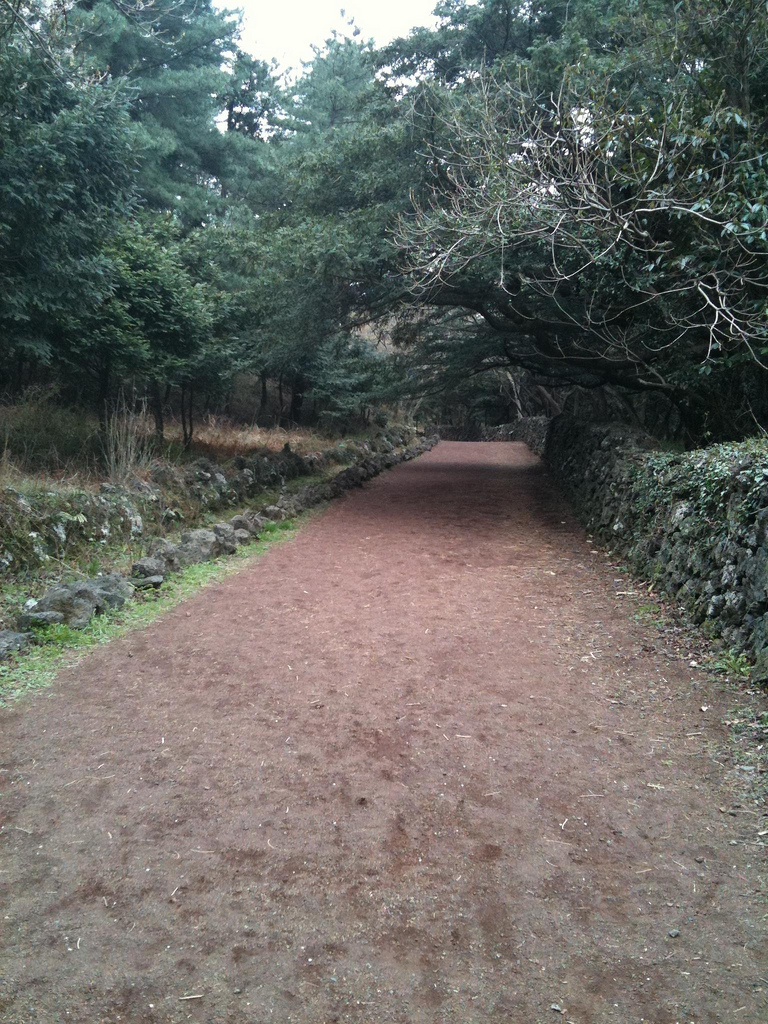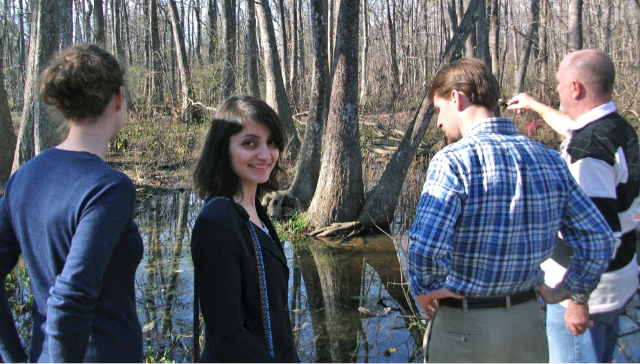Our last trip with our pal Natalie from Tour08 was one going to Sobaekson festival and some UNESCO sites in the Gyeongsang province. And along the way, we met some very interesting people, from Ms. Esther to others. Much like any other day when we went on these trips, this one included grunts and grumbles from hubby dearest because the trip began too early for his own.
We began the trip from Seoul making our way to the Azalea festival near Sobaekson, a mountain of the Sobaek Mountains near the city of Yeongju in the province of Gyeongsangbuk-do. Sadly, there were no Azaleas at the time and it was very hot. The festival was very small compared to typical Korean festivals but we kept hope that the trip would get better (and it did). So we killed some time roaming around and a quick hike on the mountain. After a long hike up in the heat, we arrived at a temple where a lady gave me rice cakes as I was pregnant. This was enough hiking for us and we headed back down.
The hikes in Korea tend to be carpeted with this jute-like material which really makes it very pleasant without worrying about twisting your feet. Where's the wilderness in it? Well, honestly, I don't romanticize wilderness and convenience is much appreciated!
After our lovely hike, there was a lucky draw at the festival and our tour group bagged some big prizes, including a bicycle and AC unit.
We didn't spend more time there, as we quickly headed to the Ginseng market for getting some lunch and exploring the market. It wasn't really much so we picked up some snacks and spent the time talking with friends since this was our last trip in Korea.
Then, we began our long drive to Andong, the capital of North Gyeongsang Province and a fairly large city that has popularized the dish, jimddak and the Andong masks. In the past, it was also the center of Confucianism, culture and folk traditions, though now, a large population has moved from Andong to Seoul. In fact, one of our friends on the trip is a descendant of one of the very influential families of Andong (that were politically very important as well!) and informs us that few of her relatives remain here.
Once we got to Andong, it was already getting dark so we were allotted our rooms and then taken to a restaurant where lo and behild, jimdak awaited us for dinner.
Our group picture - yes, it was a LARGE group but it felt very small since we knew most of the people and this was probably our 30th Tour08 trip.
After a yummy dinner of jimdakk, we made apple pies (well they were baked by someone else.) Lucky us managed to get extra dough and make two!
Our accommodation was beautiful - the village is called Seonbi village and we strolled around it at night. It was honestly one of the nicest Hanok villages I've seen.
The next day was delightful. After breakfast, we made our way to the Bonjeongsa temple. The temple is on the slopes of Mount Cheondeung in Andong and is the largest temple in the city. It is also the site of the oldest wooden building, Geuknakjeon, in Korea. Fun fact: During her trip to Korea in 1999, Queen Elizabeth II of the United Kingdom was particularly impressed by the scale and beauty of Bongjeonsa Temple.

Going around in the cart/scooter was fun. We had three friends with us, and we did a few arounds looking at the fields and then the tiny roads. We were told that people still live here and we had to remain very quiet. There was also a lake we saw where we had time to cool off a bit.
After our delightful trip, it was time to head back. Our bus took us to the train station where we took the slow Mugunwha back but given that it was full of our friends, it wasn't too bad and was certainly better than the bus which would have been stuck in traffic!
We will really miss Tour08!

This was one of the best temples I've seen in Korea and yes, I've made a mental note to take my kids here! After this, we did a small rest stop for lunch and then made our way to Hahoe Village which was quite close. The village had carts that we rented and went around with.
After our delightful trip, it was time to head back. Our bus took us to the train station where we took the slow Mugunwha back but given that it was full of our friends, it wasn't too bad and was certainly better than the bus which would have been stuck in traffic!
We will really miss Tour08!

























































